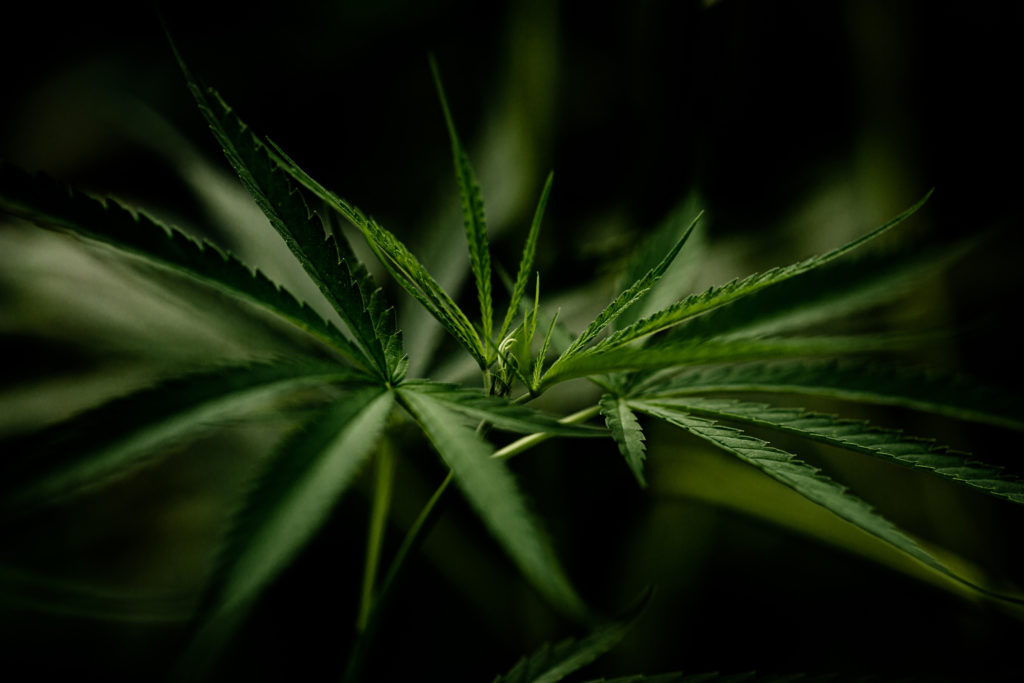Throughout Australia, medical cannabis is legal to consume. However, legal cannabis is limited to the use of patients under medical care who are treating severe and qualified illnesses. Access schemes are at the discretion of the states and territories, with each responsible for enforcing its own cannabis laws.
What is cannabis?
Cannabis is a compound that forms in a grouping of three plant species: cannabis sativa, cannabis indica and cannabis ruderalis – though the latter does not contain the benefits of sativa and indica, and is generally disregarded by the cannabis consumer community.
Additionally, cannabis is known for its psychoactive properties, and the effects differ depending on the variety. From legal cannabis plants come two broader classifications, including:
- Hemp: this form of cannabis is typically harvested industrially, and is consumed for its non-intoxicating health benefits, as well as utilized to produce food, clothing and other household materials.
- Marijuana: this version of cannabis is generally harvested to contain more than 0.3% THC and is meant to induce euphoric and/or psychotropic effects for the consumer.

What are CBD and THC?
Legal cannabis plants contain hundreds of different beneficial compounds called cannabinoids, many of which are still in both the discovery and examination phases by scientists around the world. Both hemp and marijuana contain fruitful cannabinoids. Within Australia’s medical cannabis, you will find two popular cannabinoids, which are recognized as:
• CBD, which stands for “cannabidiol”. This natural compound is known for its therapeutic properties.
• THC, which is short for “tetrahydrocannabinol.” This psychoactive cannabinoid is known for producing the “high” feeling in users.
What is the endocannabinoid system?
In order for legal cannabis to be processed by the body, both CBD and THC must interact with the endocannabinoid system, or ECS. The ECS encompasses three major components, which include:
Endocannabinoids: these are molecules similar to cannabinoids, but are produced within the body. They are introduced as needed and keep the body running smoothly.
Endocannabinoid receptors: the endocannabinoids must bind to the CB1 and CB2 receptors in order to function.
Enzymes: the enzymes break down the endocannabinoids once they’ve served their purposes.
What are the uses of medical cannabis?
Legal cannabis is utilized by patients throughout the world in an effort to treat a variety of health conditions. There are patients who seek the benefits of CBD, those interested in the effects of THC, as well as consumers who prefer cannabis that encompasses a combination of both CBD and THC.
Medical cannabis patients who acquire CBD-only products are typically interested in treating certain conditions. These include, but are not limited to:
• Inflammation
• Seizures
• Anxiety
• Depression
• Mental disorders
• Migraines
On the other hand, THC offers a different set of benefits to legal cannabis consumers. These include, but are not limited to, treating those with:
• Insomnia
• Pain
• Muscles spasms
• Glaucoma
• Nausea
• Lack of appetite
Note: keep in mind that cancer patients who consume cannabis are seeking to alleviate the symptoms and side effects of their treatments; however, studies and trials are underway for patients interested in directly treating cancer with cannabinoid-infused medications.
How is medical cannabis consumed?
For those interested in using medical cannabis, there are several ways to consume both CBD and THC varieties including:
Oils: CBD oils contains cannabidiol in a carrier oil such as hemp seed oil, olive oil or medium-chain triglyceride (MCT) oil. Some oils contain other cannabinoids within the oil. Medical grade cannabis oils are highly regulated meaning that they must conform to strict standards such as clearly stating all ingredients and active ingredient measures on the product packaging.
Sprays: The most commonly used cannabis spray is nabiximols (tradename: Sativex), which is used to improve symptoms related to muscle stiffness (spasticity) in multiple sclerosis (MS).
Sublinguals: tinctures are the most popular sublingual. Known as a more bioavailable method, the benefits of sublinguals, when placed under the tongue, can be felt within minutes.
Topicals and transdermals: lotions, salves, face masks, lip balms and eye serums are all topical, while transdermals refer to bath bombs and patches. These methods are utilized by those seeking physical relief by the use of cannabis.
What are the side effects of consuming medical cannabis?
Though rare, medical cannabis consumption can produce side effects including:
• CBD – change in appetite, dizziness, diarrhoea, fatigue and weight loss.
• THC – coordination issues, dry mouth, red eyes, memory loss, slow reaction times, anxiety and increased heart rate.
As you are only able to consume legal cannabis in Australia as a medical patient, it’s vital to communicate with your physician regarding your experience. Medical cannabis consumers should always follow the dosages prescribed by their doctors, as well as report any negative side effects so dosages can be adjusted accordingly.
